Have you ever had a frozen ketchup pop? If not, and if you find yourself in British Columbia or Ontario this summer, you just might have your chance.
“Frenchsicle,” a ketchup-flavored ice pop created by condiment maker French’s debuted for a limited time during the first week of summer. Frenchsicles, however, are only available north of the border where the savory frozen tomato flavor might be better appreciated. According to a survey commissioned by French’s, 79% of Canadians say they like or love ketchup. Stands to reason they’d like it more with a stick.
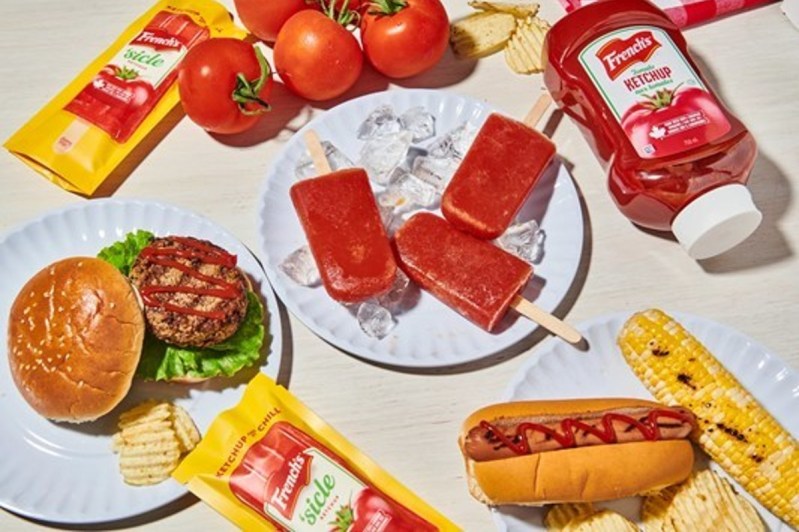
While this fixation may seem a little strange to U.S. citizens, it’s also a bit weird that we treasure moldy dairy curds mixed with salt. The fact is, we live in a global world, but that connection only goes so far. There are not only different foods abroad, but there is pride in products like fish sauce, Vegemite, and perhaps even Frenchsicles.
Oftentimes, this dignity’s earned, especially when it comes to skewered meats and other cheap, accessible eats. Here are a few of the best foreign foods you might only be able to find outside the United States.
Choripán (Argentina)

Though this easy street eat can be found throughout much of Latin America, it’s likely going to be Argentinian vendors selling the delectable pork sausage sandwich. A simple mix of Argentina’s lighter, less greasy, paprika- and wine-seasoned chorizo, the sausage is sliced and laid on a mustard and chimichurri-smeared baguette bed.
Typically served with papas fritas (fries), choripán is a very American dish that even originated on the plains. In the 1800s, gauchos (cowboys) roamed South America’s vast tropical grasslands (llanos). When they checked into town, sausage was an easy way to cure and meat and bread made a sound delivery system and an excellent filler. Yesterday’s rural dish is now America’s gain. Choripán is a reliable dish for any explorer.
Stroopwafel (Netherlands)

Shoppers can find stroopwafel at most high-end grocery stores, but it’s one of those easy products to walk by — a strange edible beyond many American palates. Once people find out what they’re missing out on, stroopwafel sales might rocket in the U.S. Remember, you heard it here first.
Stroopwafel is a saccharine sweet, chewy cookie that likely sits squarely in pleasant Dutch dreams of childhood breakfasts. A caramel middle rests between two thin layers of mini waffle-pressed dough — a Continental character twist. According to the Caramel Cookies Waffles Artisan Cafe, stroopwafels were invented in the early 1800s in Gouda, South Holland. The story goes that a baker sweetened leftover breadcrumbs with a thick syrup, and the resulting confection caught on like hot pants in Miami Beach.
Today, you can find stroopwafels upgrading coffee, ice cream, pancakes, and grilled cheese anywhere you may klomp in the Netherlands.
Al Pastor (Mexico)
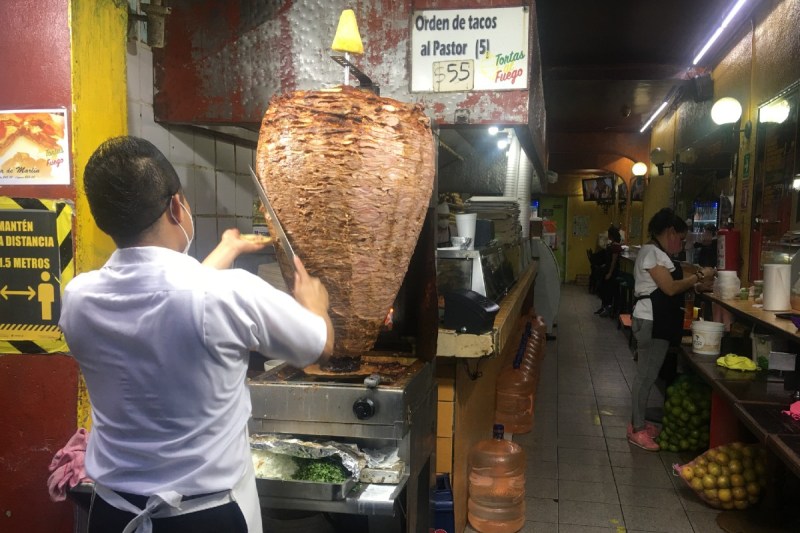
Though many readers may have heard of this delicacy available just south of the U.S. border, al pastor’s rotisserie perfection is well worth a mention. This spit-grilled pork shoulder is ubiquitous throughout Mexico, yet its roots are actually Lebanese.
The Tasting Table tells us that tacos al pastor originated with shawarma served by Lebanese immigrants in 1930s Puebla, just southeast of Mexico City. This people’s take on the roast lamb was served on a flour tortilla and was first known as tacos árabes for the pan árabe (pita bread) they were served on.
Local chefs took this and gave this dish its own Latin twist via asada spice and pineapple. Marinated pork shoulder filets are stacked on a spit to create a “trompo,” the traditional cone of meat that spins for hours, slow cooking into juicy goodness. Served traditionally in corn tortillas with pineapple, onion, and cilantro, al pastor tacos are some of the best, inexpensive food foreign travelers can find.
Green Tea KitKat (Japan)
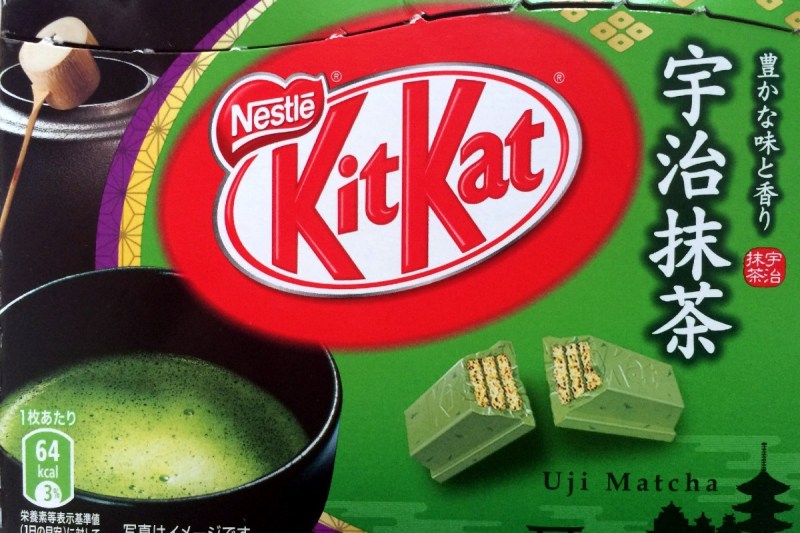
This funky combo actually sounds like it’s got potential for a good dessert. Reviews seem to be unanimous that the green tea KitKat might be an acquired taste, but it’s an innovative Japanese twist.
“What a delicious little treat! I love the taste of matcha green tea and have been a fan of Japanese matcha green tea ice cream. Nestle’s KitKat brand has marketed a flavor towards the Asian market, and this does not disappoint. Very true matcha, green tea taste,” user Franxeen R. said on Influenster.
The matcha green tea flavor — originating from young tea leaves — elicits a lighter, less tannic taste. Even better, Japanese green tea-flavored KitKats come in single-serve wafer form, alongside several other Ki-Kat flavors. If you’re looking for a foreign candy bar fix, they’re available at multiple places online.
The Käsekrainer Sausage (Austria)
Käsekrainer sausage is a stalwart of Viennese cuisine and an ever-reliable solution to pangs for greasy meat from the morning to the wee hours.
The fat bomb looks similar to kielbasa and knockwurst, and like its cousins, the Käsekrainer is made from pork meat mixed with spices, like garlic, pepper, and paprika. Pushing the Austrian sausage over the top are small chunks of cheese (käse in German), which gives the parboiled meat stick its distinctive name.
Often wrapped by a ketchup- or mustard-sodden slice of dark bread, Käsekrainer’s also appear shoved through a carved hole in a bread roll, especially on the street.
Thums Up (India)
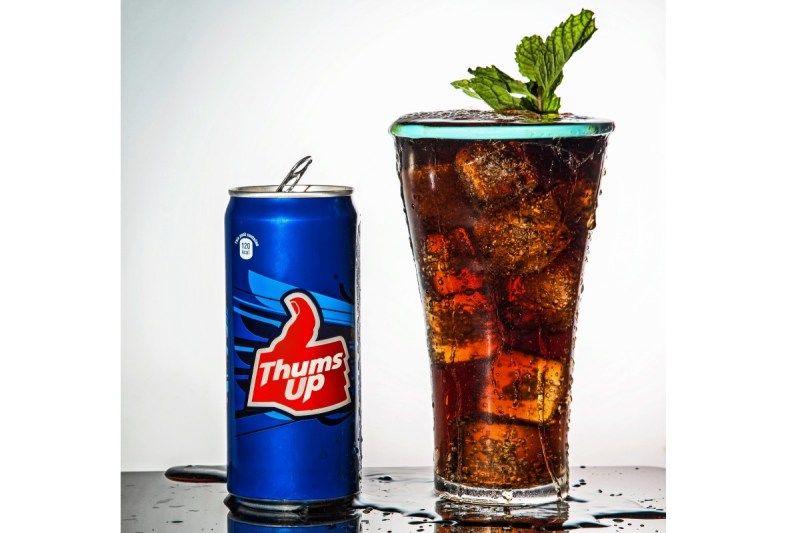
Despite its current ownership by Coca-Cola, Thums Up lives up to its “Taste the Thunder” brand, a fizzier, spicier take on its American cousin.
Per Serious Eats, Thums Up was introduced as Parle Agro’s flagship brand in 1977, after India kicked out Coke and Pepsi. For the next 16 years, the brand earned an incredible 80% market share in the soda market. With the fall of many walls in the late 1980s, the national government relented, allowing the cola giants’ reentry. Not holding the marketing ammo to fight sugared beverage titans, Parle soon sold Thums Up to Coca-Cola.
Today, Thums Up is still India’s cola leader and many Indians will argue for its superior taste. The original Thums Up recipe remains — a sharper, more bubbly nip on the tongue.
Lemon Soda (Italy)
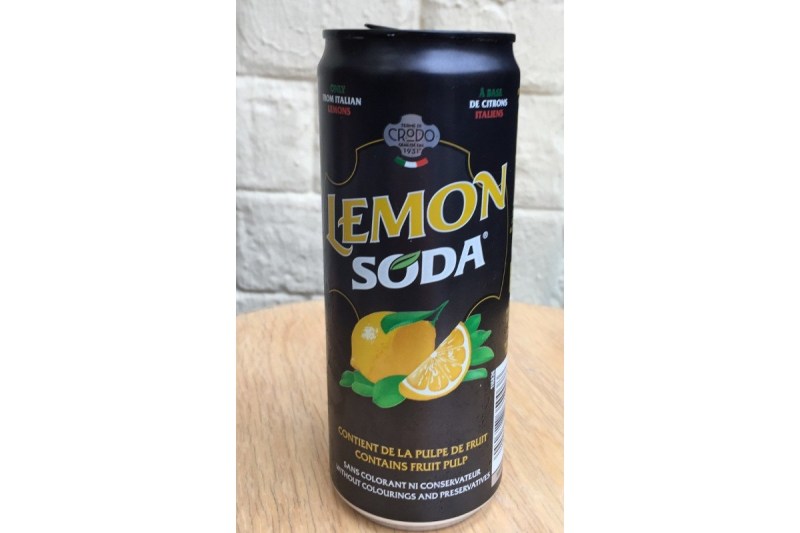
On the opposite end of the soda spectrum is one of the oldest, purest soda combos in the world. Italy is often noted for its food, and that begins with the ancient small farms dotting the country. The lemon in Lemon Soda is no exception.
Derived only from Italian lemons, the Campari Lemon Soda mix was first created in 1932, making it maybe the world’s first premixed, store-bought drink. In turn, Lemon Soda features no preservatives or colorants. It’s a fun and refreshing mix for consumers who can find it, but Lemon Soda outside of Italy is going to be few and far between.
Beef Biltong (South Africa)
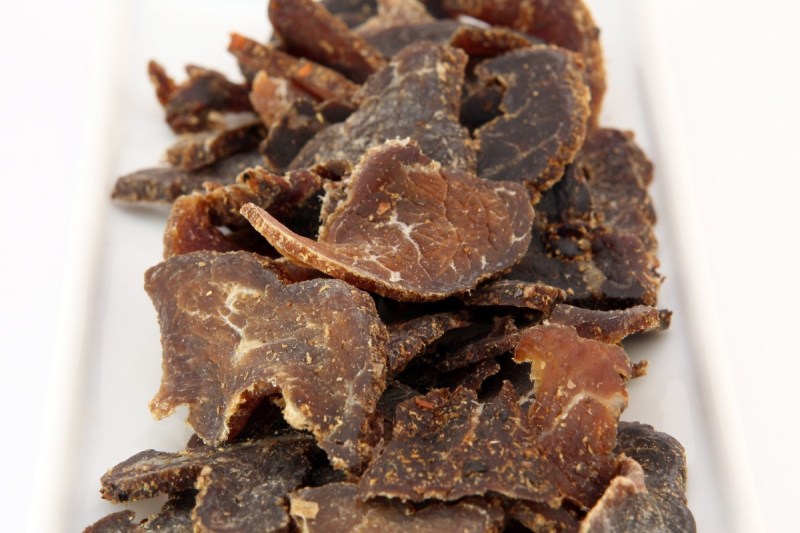
Heads up hikers: Beef jerky’s got an upgrade. South Africa’s beef biltong comes from a variety of local livestock, wild and domestic. Biltong may also contain up to and more than 50% more fat to fuel treks around Table Mountain (just watch your heart rate).
Sourced from cow, wildebeest, ostrich, and more savannah stock, biltong’s still cured with malt vinegar, just as it was in the 17th century. Eastern spices like cloves, coriander, and pepper congregate with salt among its dehydrated folds to create an indomitable snack.
You can likely try biltong ordering online, but why not wait until you’re actually visiting the Rainbow Nation?
Culture and Character
Food is an important part of national character. Green tea helps describe a deliberate, exacting Japanese culture just like ketchup is a very sweet and salty Canadian condiment.
Not only do these foreign food products help cure an empty stomach, but these edibles are part of what drives economies. Just like Frenchsicles are made from 100% Canadian-grown tomatoes, Argentine chorizo pork, and the paprika and wine that flavors it, comes from vast pastures.




